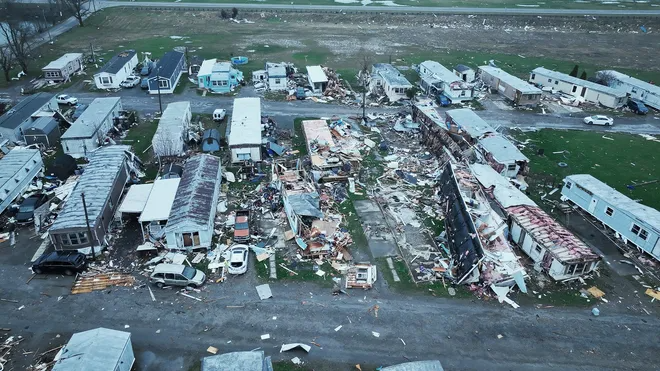The Columbus Dispatch
Strong to severe storms are moving northeast into central Ohio over the next few hours and will bring gusting winds and large hail, according to the National Weather Service in Wilmington.
Columbus reached a record high Wednesday of 75 degrees for March 1 at John Glenn Columbus International Airport, shattering the previous record of 68 degrees. Dayton and Cincinnati also had record high temperatures Wednesday, according to the National Weather Service.
Dayton also hit 75 degrees, beating the old record of 69; and Cincinnati’s high temperature was 78, surpassing the previous record of 74 degrees for this date.
It was the second day in a row that Columbus, Dayton and Cincinnati set record highs. On Tuesday, Columbus set a new record high for Feb. 28 at 68 degrees (old record 65 set in 1972); Dayton reached 69 (old record 66 set in 1976) and Cincinnati soared to 74 (old record 71 in 1976).
Monday’s record high in Columbus was a part of a handful of record-setting high temperatures this meteorological winter. The others were on Dec. 30, Feb. 9, Feb. 15 and Feb. 23, according to the National Weather Service. March 1 begins meteorological spring, though the official start of spring in the Northern Hemisphere, the spring equinox, occurs this year on March 20.
The severe weather moving through Wednesday night was not expected to produce tornadoes as the severe thunderstorms that raced through the state on Monday afternoon did. The National Weather Service in Wilmington on Tuesday confirmed three separate tornadoes touched down in Pickaway, Butler and Clark counties on Monday.
On Wednesday, the NWS announced Wednesday that there was a fourth tornado in Ohio from Monday’s storms, this one near Etna in Licking County.
The tornado touched down at 4:41 p.m. and ended within that same minute, according to the NWS. It was 90 yards wide and traveled only three-tenths of a mile, snapping trees but causing no severe damage or loss of life.
The maximum wind speed was 75 miles per hour, making the tornado an EF0 on the Enhanced Fujita scale, the NWS reported. Tornadoes are rated for their wind speed on the Enhanced Fujita scale: EF0 — 65-85 mph; EF1 — 86-110 mph; EF2 — 111 to 135 mph, EF3 — 136-165 mph; EF4 — 166 to 200 mph.



































